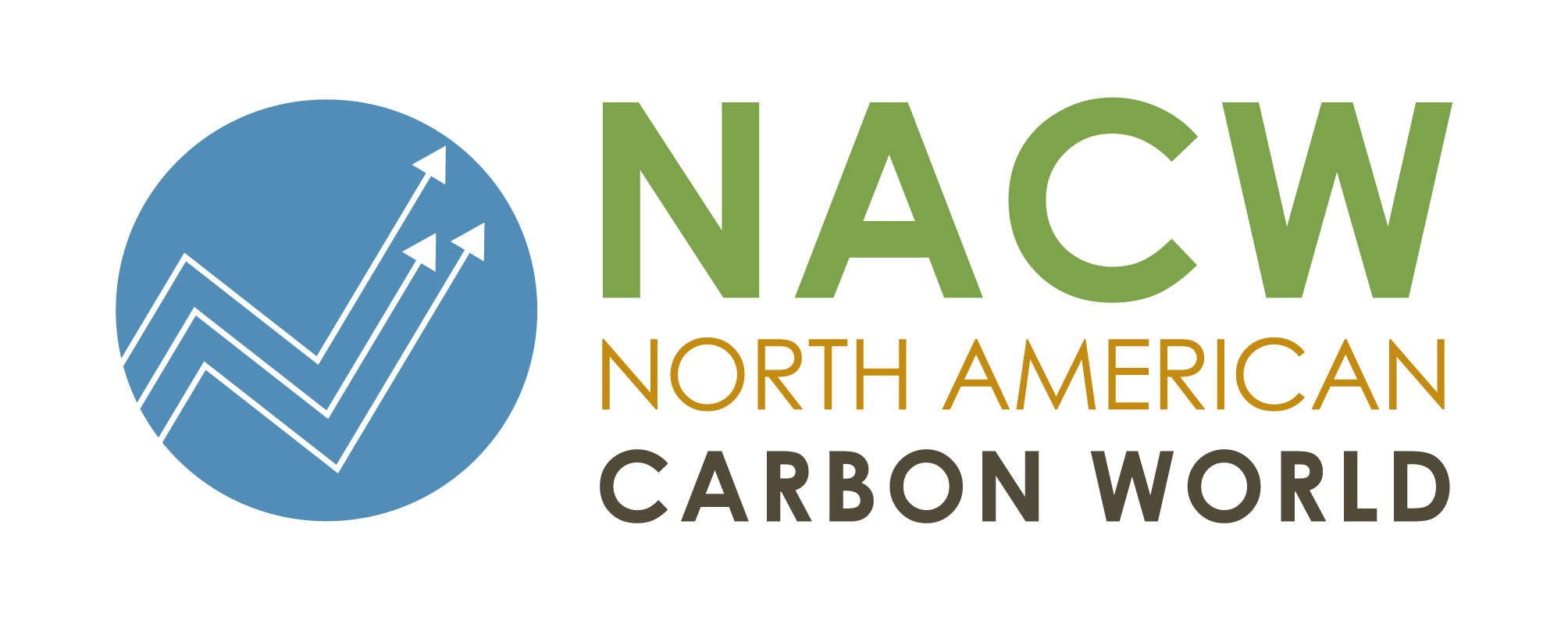The US Soil Enrichment Protocol (SEP) provides guidance on how to quantify, monitor, report, and verify agricultural practices that enhance carbon storage in soils and decrease net emissions of CO2, CH4, and N2O. The primary GHG benefit targeted is the accrual of additional carbon in agricultural soils, with hopes to incentivize GHG emission reductions from other sources, such as N2O from fertilizer use.
The US Soil Enrichment Protocol Version 1.1 is labeled with the ICVCM CCP Logo. This indicates that the applicable methodology has been assessed and approved as being in adherence to the CCP Assessment Framework.
| Current Protocol Version(s) Available for Project Submittal | Adoption Date | Notes and Supporting Documents |
|---|---|---|
| US Soil Enrichment Protocol Version 1.1
|
May 31, 2022 |
**Currently under revision**
Errata and Clarifications to Soil Enrichment Protocol (October 21, 2025) US Soil Enrichment Protocol Summary of Changes V1.0 to V1.1.pdf (May 31, 2022) |
Protocol Revision
The Soil Enrichment Protocol is currently undergoing an update to Version 2.0. For more information, please visit the Soil Enrichment Protocol development webpage.
Project Listing Documents
The documents below are required during the project listing phase.
| Document | Description | Required Phase | Privilege |
|---|---|---|---|
| Soil Enrichment Project Submittal Form | A proposal from a Project Developer to undertake a soil enrichment project. | Project Submittal | Public |
| Field Enrollment Form | A project developer uses this form to list enrolled fields in the project. This form must be submitted with the project submittal form. The earliest field start date on this form sets the project start date. | Project Submittal | Public |
| Project Area Map (General) | A map that shows the general overview of where project fields are located, accurate at least to the county level. Updated version must be provided during every verification. | Project Submittal/ Verification (as needed) | Public |
| Project Area Map (Detailed) | A map that shows the precise location of participating fields. Updated version must be provided during every Verification. Must be provided in a geospatial file format (.KML/.KMZ preferred) | Project Submittal/ Verification (as needed) | Private |
Project Registration Documents
The documents below are designed to help project developers organize their project data and facilitate verification. Use of the templates provided is optional; however, the documents are required for verification.
| Document | Description | Required Phase | Privilege |
|---|---|---|---|
| Monitoring Plan and Report Template | This document is intended as a template to assist project developers in organizing project data, summarizing key aspects of a project, and to help facilitate verification. It is created at the beginning of a project and updated over time as conditions change. It can also be used as the annual Monitoring Report/Project Data Report for stating the project’s estimated annual emission reductions, attesting that the project is carrying out the intended project activities, and confirming that no reversals have occurred on the project area. | Verification | Public |
| Soil Enrichment Project Verification Opinion | This is the SEP-specific Verification Opinion template that must be submitted by the verifier for every verification period. The Verification Opinion presents the official results of the verification process. It details the amount of reversible/non-reversible emission reductions generated by the project across reporting periods and vintages for each crediting period. Numbers reported represent the gross (or ‘pre-buffer pool deduction, if applicable’) quantity of CRTs issued. | Verification | Public |
| Soil Enrichment Project Implementation Agreement (PIA) | This template is for informational purposes only. The Reserve will send the Project Developer an Information Request Form during the verification review to collect the necessary information for completing the PIA. Once the project is close to registration, the PIA will be sent to the Project Owner for execution. The PIA is a legal agreement between the Reserve and a Project Developer setting forth: (i) the Project Developer’s obligation (and the obligation of its successors and assigns) to comply with the US Soil Enrichment Protocol, and (ii) the rights and remedies of the Reserve in the event of any failure of the Project Developer to comply with its obligations. The PIA is not recorded on the deed to the property. |
Verification | Public |
Protocol Supporting Documents
The documents and tools below are companions to the protocol and are used for project development and verification oversight.
| Document | Description |
|---|---|
| SEP Model Requirements and Guidance v1.1a | This document provides a standardized approach for evaluating models used for credit quantification in a SEP project. All models employed by projects must follow the requirements outlined in this document. |
| Models Validated for SEP | A webpage providing model documentation for all models that have been approved for use in SEP projects. |
| SEP Parameters v1.0a | This spreadsheet contains the project parameters that must be used as specified in the protocol. Use of alternative values from those provided in this spreadsheet must be approved by the Reserve prior to use in project quantification. |
| SEP Additionality Tool v1.0a | This spreadsheet contains the Negative List of activities against which all project activity must be assessed to determine field eligibility and satisfy the requirements of the Performance Standard Test (PST). It provides county-level eligibility related to no-tillage, reduced-tillage, cover crop adoption, rotational grazing and intensive grazing practices. Information on the development of this list can be found in Appendix A.2 of the protocol. |
| SEP Uncertainty Example Spreadsheet v1.0a | This is an optional tool provided by the Reserve demonstrating the use of Approach 1 (Analytical error propagation) to calculate the uncertainty deduction. Refer to Appendix D in the protocol for more information. |
Please contact policy@climateactionreserve.org with questions or comments.




